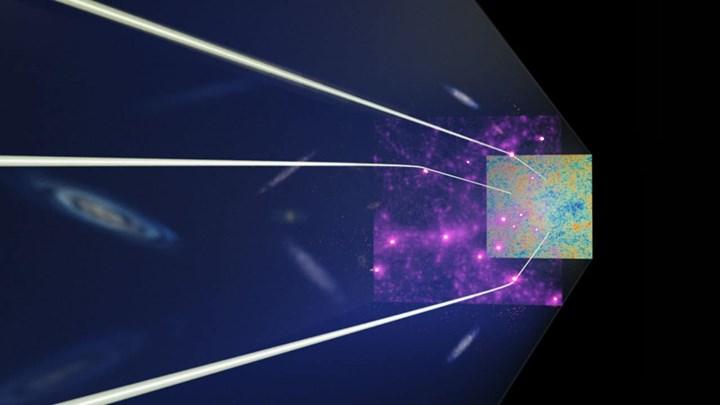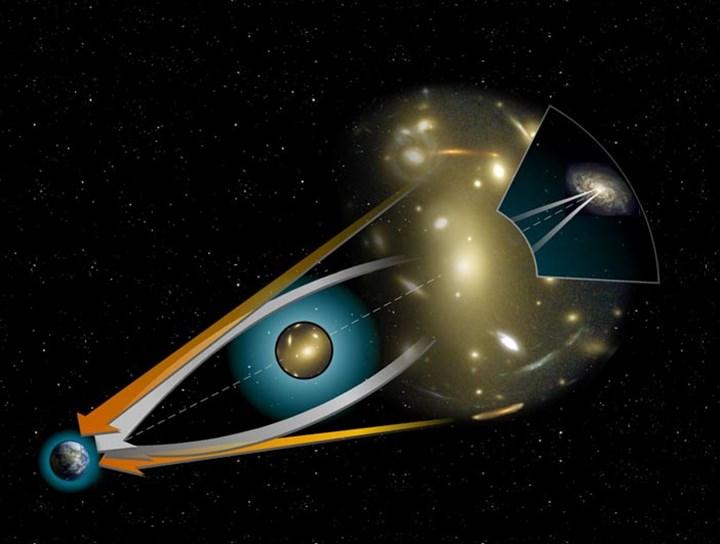
Scientists have discovered the oldest presence of dark matter, dating back about 12 billion years. This discovery of dark matter, one of the greatest mysteries of our universe, may shed light on what we don’t know about the cosmos.
What is dark matter?
We still haven’t solved the mystery of this matter, which we call dark matter, which makes up about 85 percent of the total mass of the universe. We can measure the presence of dark matter, which we cannot observe directly, thanks to observation techniques. What allows us to do this is analyzes based on the cosmic microwave background radiation. Dark matter is believed to hold galaxies and other inhabitants of the universe together. We can observe this mysterious phenomenon by warping space-time of large masses, which we know from Einstein’s general theory of relativity.
NASA’s James Webb telescope discovers the universe’s oldest galaxy
Dark matter found 12 billion years ago
Researchers from Nagoya University in Japan announced that they have discovered dark matter circulating around a galaxy that is 12 billion years old. This discovery, which is only 1.7 billion years after the birth of the universe, which is about 13.7 billion years old, can solve many question marks.

It takes a certain time for light to come to Earth from distant objects, so light from more distant galaxies reaches us after a long time. What this means is that the farthest galaxies we see are actually states of the early universe. We are actually looking at the galaxy observed in the study, 12 billion years ago. The reason for looking at this galaxy is to observe dark matter. Because dark matter does not interact with normal matter or light as we know it. So we measure it not with telescopes, but through its interaction with gravity.
Galaxies bend space-time thanks to their enormous mass in their position. Light from another light source behind the observed galaxy, or rather from the galaxy, is bent by the distortion in space-time and continues on its way. We call this effect the gravitational lens. The more dark matter there is in the galaxy, the greater the distortion of light passing through it.
Research based on the gravitational lensing effect has a limitation. The farther we look, the dimmer galaxies we see. So the faint lights make it difficult to observe dark matter. For the first time, researchers are using the cosmic microwaves released by the Big Bang to find dark matter around such an ancient galaxy. By looking at the distortion in cosmic microwaves, the cluster of dark matter was observed in the early universe.
As a result of the research, seeing the clustering of dark matter in the early universe revealed a series of surprises. Because, according to the theory, dark matter was supposed to stay together and form clusters and spread throughout the universe. The research reveals that the amount of clusters is less than expected.